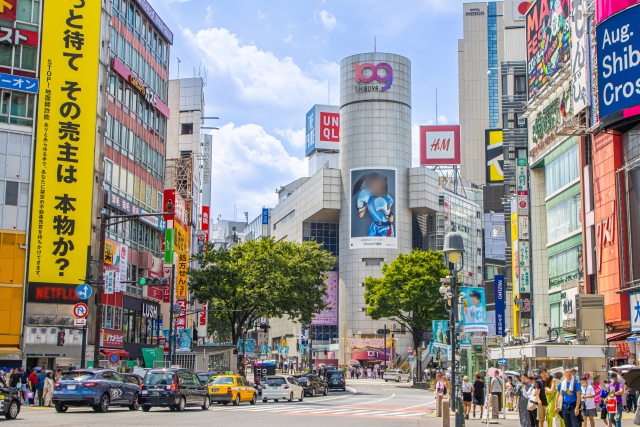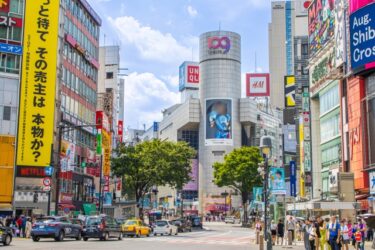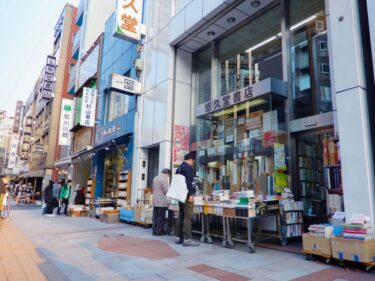Discover Japan’s Iconic Attractions
Japan is filled with stunning places to explore, whether you’re interested in nature, history, or modern cityscapes.
Take a look at the map below. Japan is long from east to west and is known for its four distinct seasons. From Hokkaido in the north to Okinawa in the south, the climate varies slightly. In addition to the well-known places like Hokkaido, Tokyo, Osaka, and Kyoto, there are many other tourist destinations throughout Japan. For travel within Japan, you can choose from various transportation options such as airplanes, the Shinkansen (bullet train), or highway buses, depending on your budget.

Here’s a detailed explanation of major tourist destinations in Japan, covering the unique attractions, cultural experiences, and local food for each region. This will provide helpful insights to foreign visitors who want to explore Japan.
Japan offers a multitude of destinations with diverse cultural experiences, local specialties, and breathtaking natural beauty. Each region provides a unique glimpse into the country’s history, traditions, and vibrant present-day life.
Hokkaido Area
Hokkaido (北海道)
Highlights
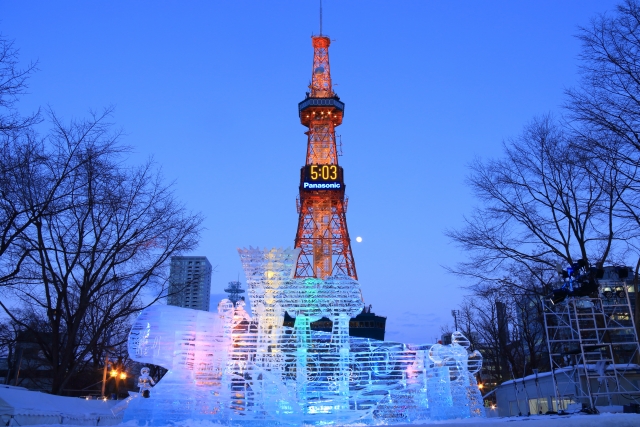
Known for its natural beauty, Hokkaido is famous for the Sapporo Snow Festival, vast ski resorts like Niseko, and national parks like Shiretoko (a UNESCO World Heritage site).
Summer visitors can enjoy flower fields in Furano and hiking in Daisetsuzan National Park.
Cultural Experiences
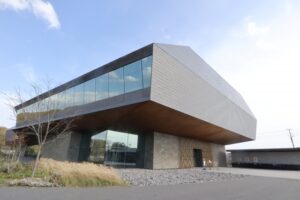
Explore Ainu culture, the indigenous people of Hokkaido, at places like the Upopoy National Ainu Museum.
Local Food
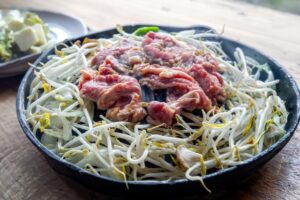
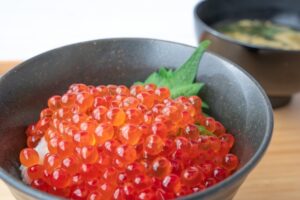
Hokkaido is renowned for fresh seafood, especially crab (kani), sea urchin (uni), and salmon roe (ikura).
Don’t miss the famous miso ramen in Sapporo and Jingisukan (grilled mutton) dishes.
Touhoku area(Northern area)
Akita (秋田)
Highlights
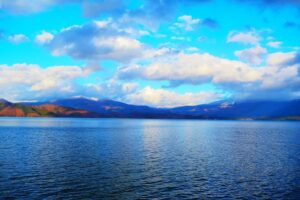

Akita is famous for its Kanto Festival, where large poles with paper lanterns are balanced by performers. The scenic beauty of Lake Tazawa and the mountainous Nyuto Onsen are also must-see attractions.
Cultural Experiences

Visit Samurai houses in the town of Kakunodate to see traditional architecture and samurai culture.
Local Food

Try Kiritanpo, a grilled rice dish typically served with hot pot, and Inaniwa Udon, a thinner type of udon noodle.
Aomori (青森)
Highlights


Aomori is home to the famous Nebuta Matsuri, a summer festival featuring large, illuminated floats. Nature lovers can explore Oirase Gorge and Lake Towada, while history buffs can visit Sannai-Maruyama, an ancient Jomon archaeological site.
Cultural Experiences
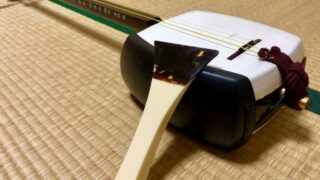
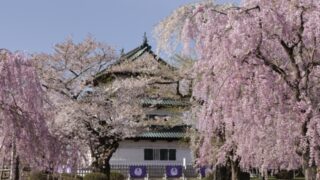
Enjoy traditional Shamisen music at local performances, or visit the unique Hirosaki Castle in cherry blossom season.
Local Food
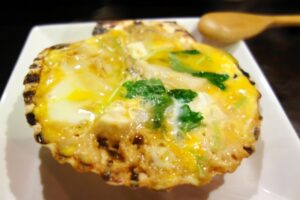
Aomori is famous for apples, but also try Ichigo-ni, a seafood soup with sea urchin and abalone, and Kaiyaki Miso, a miso-based dish served in a scallop shell.
Fukushima (福島)
Highlights
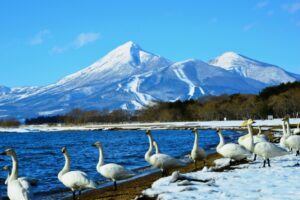
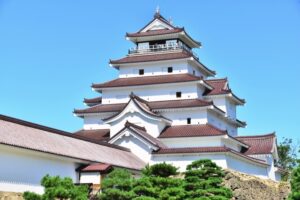
Fukushima is known for its scenic beauty, particularly around Lake Inawashiro and Mount Bandai. Visit Ouchi-juku, a well-preserved Edo-period post town, or the Aizu-Wakamatsu Castle, a samurai fortress.
Tsuruga Castle offers beautiful cherry blossoms in the spring.
Cultural Experiences
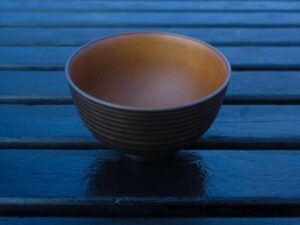
Explore the Aizu samurai culture, visit traditional lacquerware workshops, or experience sake brewing in Aizu, one of Japan’s top sake-producing regions.
Local Food
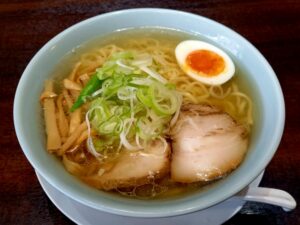
Fukushima is famous for Kitakata Ramen, known for its thick, flat noodles and soy-based broth. Also try sauce katsu-don, a breaded pork cutlet with sauce on rice.
Yamagata (山形)
Highlights
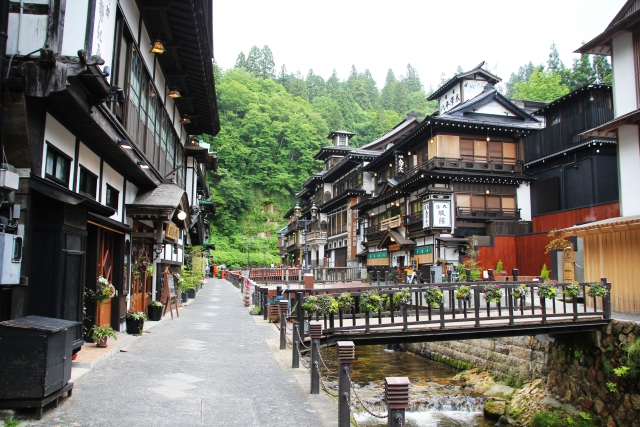
Yamagata is home to Ginzan Onsen, a picturesque hot spring town often blanketed in snow during winter. Hike the sacred mountain Dewa Sanzan for spiritual experiences or visit Risshakuji Temple (Yamadera), which offers spectacular views after a climb.
Cultural Experiences
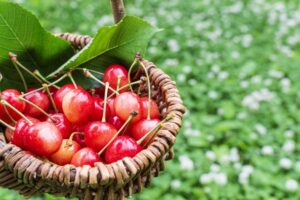
Explore Yamagata’s cherry farming heritage during the summer, or visit traditional pottery workshops in the area.
Local Food
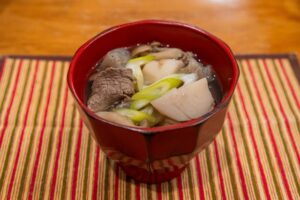
Yamagata is known for cherries and Yonezawa beef.
In winter, enjoy Imoni, a taro root and beef stew popular in outdoor gatherings.
Hokuriku area
Niigata (新潟)
Highlights
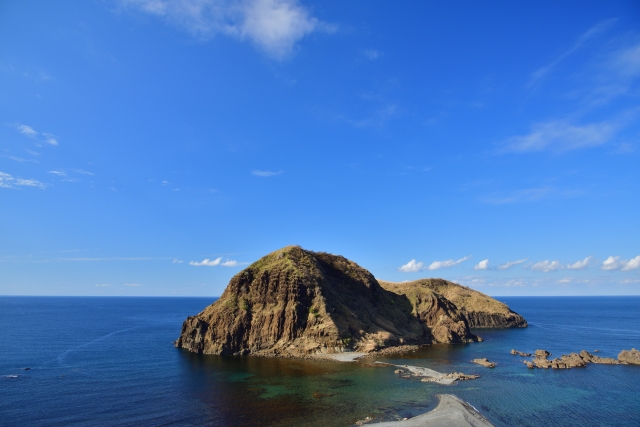
Known as Japan’s top rice-producing region, Niigata offers beautiful rural landscapes, ski resorts like Myoko Kogen, and coastal views along the Sado Island, famous for its traditional gold mines and Kodo drumming performances.
Cultural Experiences
Participate in rice planting experiences, or visit sake breweries in Niigata city. On Sado Island, you can experience the unique Noh theater and traditional Kodo Taiko drumming performances.
Local Food

Try Koshihikari rice, one of the best rice varieties in Japan.
Also enjoy Sasa-dango, a sweet rice cake wrapped in bamboo leaves, and Sasa-kamaboko (fish cakes)
Toyama (富山)
Highlights
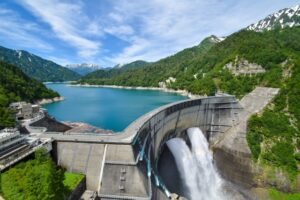

Toyama is known for its natural beauty, particularly the Tateyama Kurobe Alpine Route, which includes snow walls as high as 20 meters in spring.
Visit Gokayama, a UNESCO World Heritage site known for its traditional Gassho-style houses.
Cultural Experiences

Explore silk farming in Gokayama or visit a traditional metalworking workshop, as Toyama is famous for producing copperware.
Local Food
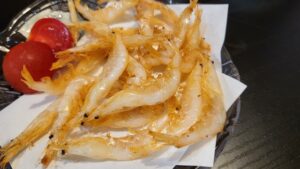
Toyama is famous for masu sushi, a pressed sushi made with trout. The region is also known for fresh seafood, especially white shrimp.
Ishikawa (石川)
Highlights
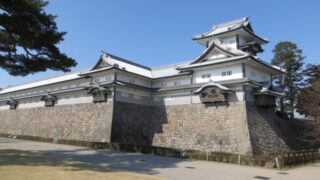
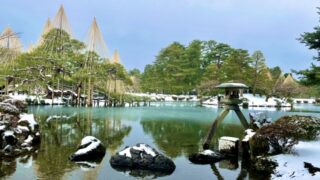
The city of Kanazawa is a well-preserved historic area, with attractions like Kenrokuen Garden (one of Japan’s top three gardens), Kanazawa Castle, and the Higashi Chaya District known for its teahouses.
The 21st Century Museum of Contemporary Art offers a modern contrast.
Cultural Experiences

Experience gold leaf application workshops, a craft Kanazawa is famous for, or stay in a traditional teahouse.
Local Food
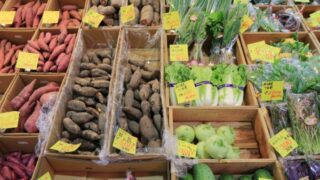

Ishikawa is famous for Kaga cuisine, using local vegetables, seafood, and rice. Don’t miss Nodoguro (blackthroat seaperch) or Jibuni, a duck stew.
Tokai area
Shizuoka (静岡)
Highlights

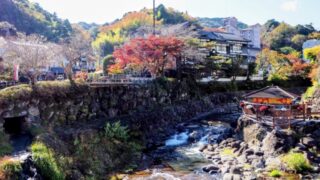
Shizuoka is famous for its stunning views of Mount Fuji, especially from Miho no Matsubara, a scenic pine grove.
The Izu Peninsula offers hot springs and coastal views, while Shuzenji is a charming hot spring town with a history dating back over a thousand years.
Cultural Experiences
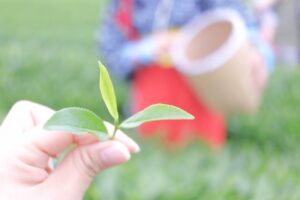
Experience tea picking in the region’s vast tea fields, as Shizuoka is one of Japan’s largest green tea producers.
Local Food

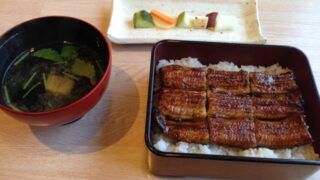
Try Shizuoka oden, a type of hot pot with dark soy sauce-based broth, and unagi (eel), which is a specialty in Lake Hamana.
Also, enjoy fresh wasabi, as the area is known for its wasabi farming.
Nagano (長野)
Highlights
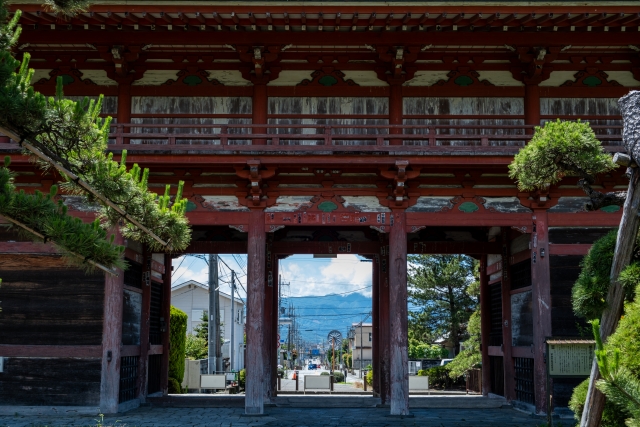
Known for its winter sports, Nagano hosted the 1998 Winter Olympics. Visit Jigokudani Monkey Park to see snow monkeys relaxing in hot springs, or explore the historic Zenkoji Temple in Nagano city.
The Japanese Alps provide stunning hiking opportunities.
Cultural Experiences
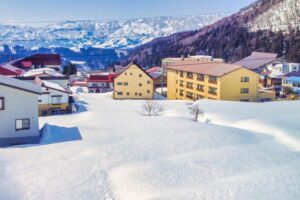
Explore traditional inns (ryokan) and onsen towns like Nozawa Onsen.
Local Food

Try soba noodles from the Shinshu region and Oyaki, a type of stuffed dumpling. Nagano is also known for apples and wasabi farming.
Wasabi is eaten as a condiment with soba noodles, sushi, and sashimi.
Gifu (岐阜)
Highlights
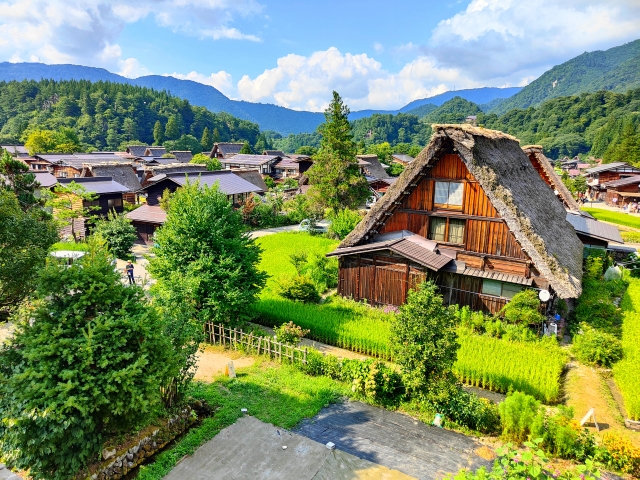
Gifu is famous for the historic villages of Shirakawa-go, a UNESCO World Heritage site known for its Gassho-style houses.
The capital city, Gifu, is known for the Nagaragawa Ukai (cormorant fishing) on the Nagara River.
Cultural Experiences
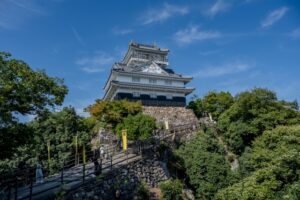
In addition to witnessing Ukai fishing, explore the city’s samurai heritage at Gifu Castle and visit Takayama, a well-preserved town with historic merchant houses.
Local Food
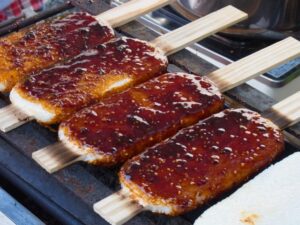
Enjoy Hida beef, one of Japan’s top beef brands, and gohei mochi, a sticky rice cake served with miso paste.
Kansai area
Kyoto (京都)
Highlights
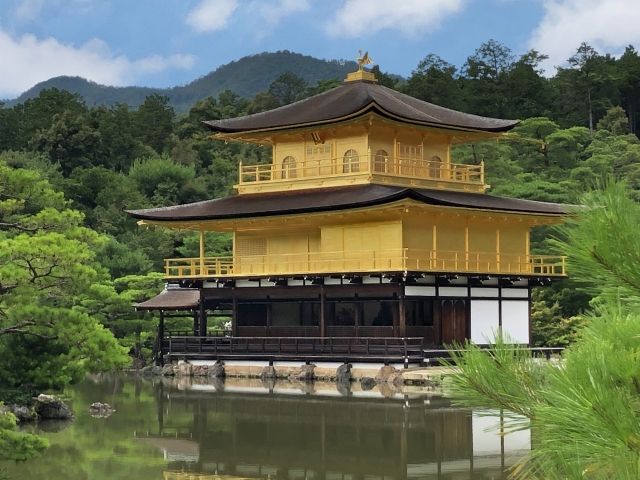
Kyoto is the cultural heart of Japan, known for its well-preserved temples, gardens, and traditional tea houses.
Visit iconic sites like Kinkaku-ji (the Golden Pavilion), Fushimi Inari Shrine with its thousands of red torii gates, and the bamboo groves of Arashiyama.
Cultural Experiences
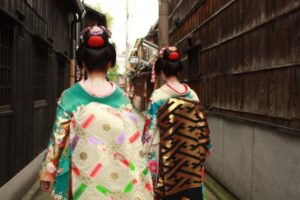
Participate in a tea ceremony or try calligraphy. Kyoto is also famous for geisha culture, and you can attend Maiko (apprentice geisha) performances.
Local Food

Try Kaiseki, a traditional multi-course meal, and yudofu (tofu hot pot).
Kyoto is also famous for matcha (green tea) sweets.
Osaka (大阪)
Highlights

Osaka is known as Japan’s kitchen and offers a more casual, vibrant atmosphere.
Visit Osaka Castle, explore the futuristic architecture of Umeda Sky Building, or experience the lively Dotonbori area, famous for its neon signs and street food.
Cultural Experiences
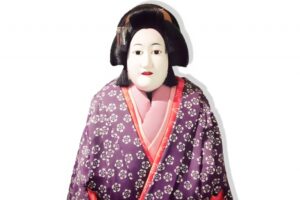
Watch a Bunraku puppet theater performance or visit the Osaka Aquarium Kaiyukan, one of the largest aquariums in the world.
Local Food
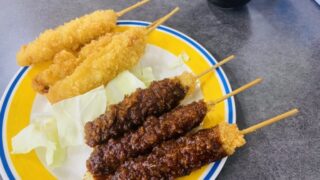

Osaka is famous for takoyaki (octopus balls) and okonomiyaki (savory pancakes). You can also enjoy Kushikatsu, deep-fried skewers.
Shiga (滋賀)
Highlights
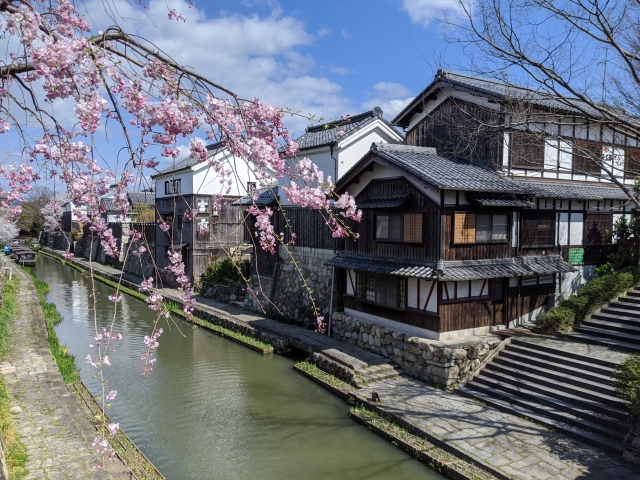
Shiga is home to Lake Biwa, Japan’s largest freshwater lake, offering activities like fishing, boating, and cycling.
Visit Hikone Castle, one of the best-preserved original castles in Japan, or explore the scenic Omihachiman area.
Cultural Experiences

Shiga is famous for traditional lacquerware and pottery. You can also experience Omi merchants‘ history and visit the birthplace of Shigaraki pottery.
Local Food
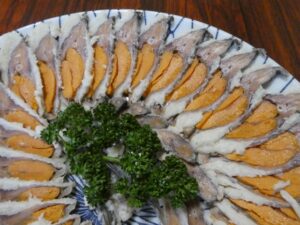
Shiga is known for funazushi, a fermented fish dish made with carp, and Omi beef, one of Japan’s highest-quality beef varieties.
Wakayama (和歌山)
Highlights
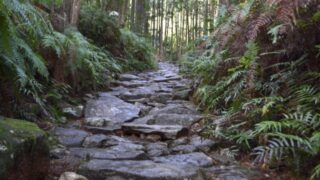
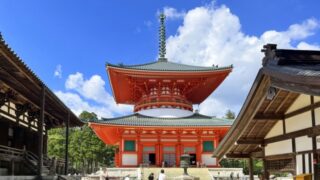
Wakayama is famous for the Kumano Kodo Pilgrimage Routes, a UNESCO World Heritage site, and Koyasan, the heart of Shingon Buddhism. The region also offers stunning beaches such as Shirahama and historic Wakayama Castle.
Cultural Experiences

Experience temple lodging (shukubo) at Mount Koya and participate in morning prayers with monks. Walk the ancient Kumano Kodo trails and visit sacred sites like Kumano Nachi Taisha.
Local Food
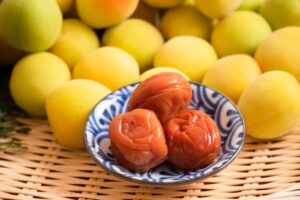
Wakayama is known for ume (plums), particularly umeboshi (pickled plums), as well as Kishu mikan (mandarin oranges). Don’t miss Kumano beef or Katsuura tuna.
Chugoku area
Hiroshima (広島)
Highlights
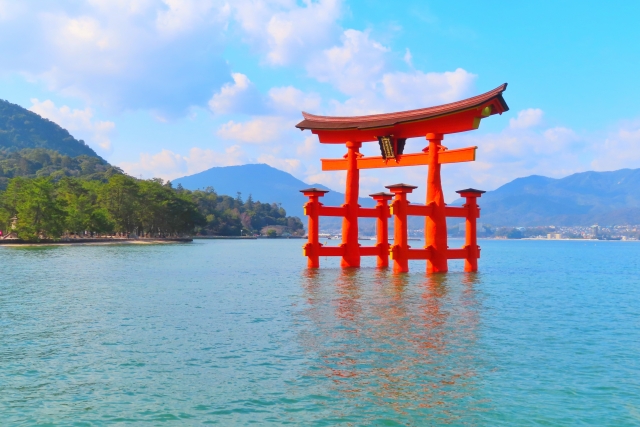
Hiroshima is known for its Peace Memorial Park and Atomic Bomb Dome, deeply moving sites dedicated to the memory of the atomic bombing in 1945. Visit Miyajima Island to see the famous floating torii gate at Itsukushima Shrine.
Cultural Experiences

Participate in paper crane folding at the Peace Memorial Park or visit traditional woodcraft workshops.
Local Food

Hiroshima-style okonomiyaki is a savory pancake layered with noodles, vegetables, and meat. Don’t forget to try oysters, another local specialty.
Okayama (岡山)
Highlights

Visit Korakuen Garden, one of Japan’s three great gardens, and explore Okayama Castle.
Kurashiki, a charming town with traditional Edo-period architecture and a scenic canal, is also a highlight.
Cultural Experiences
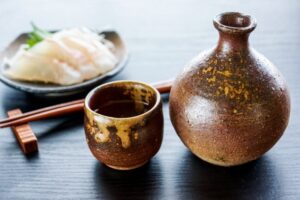
Visit Bizen, a town famous for Bizen-yaki pottery, one of Japan’s oldest pottery traditions.
Local Food
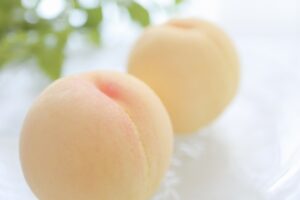
Okayama is known for Kibidango, a traditional sweet, and mamakari, a type of pickled herring. White peaches and Muscat grapes are also regional specialties.
Tottori (鳥取)
Highlights

Tottori is home to the Tottori Sand Dunes, Japan’s largest sand dunes, offering activities like camel rides and sandboarding.
Mount Daisen, often referred to as the “Mount Fuji of the west,” is ideal for hiking.
Cultural Experiences
Visit the Tottori Sand Museum, which features incredible sand sculptures, and explore the Wakasa Kagura traditional dance performances.
Local Food
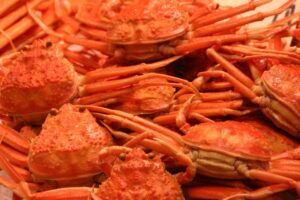
Tottori is famous for crab, particularly Matsuba crab, and pears. The region also offers delicious beef from Mount Daisen.
Shikoku area
Kagawa (香川)
Highlights

Kagawa is the smallest prefecture in Japan but offers great attractions such as Ritsurin Garden, a beautifully landscaped garden in Takamatsu.
Explore Naoshima, an island famous for its modern art installations.
Cultural Experiences
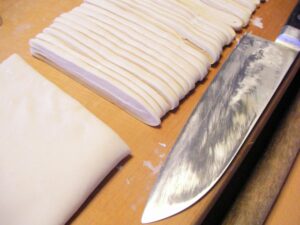
Participate in udon-making workshops, as Kagawa is the birthplace of Sanuki Udon, or visit local artisan pottery workshops.
Local Food

Kagawa is best known for Sanuki Udon, a thick noodle dish served hot or cold, and olive-related products, such as olive-fed beef and olive oil from Shodoshima Island.
Ehime (愛媛)
Highlights
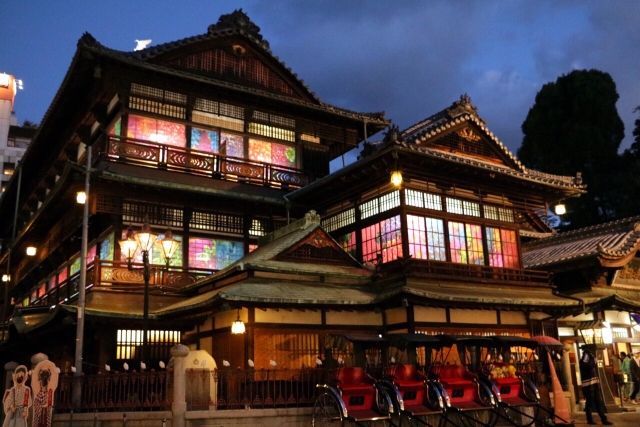
Ehime is home to Dogo Onsen, one of Japan’s oldest and most famous hot springs, said to have inspired the bathhouse in Studio Ghibli’s Spirited Away. Visit Matsuyama Castle for panoramic views of the city.
Cultural Experiences
Experience Haiku poetry, as Matsuyama is the birthplace of the poet Masaoka Shiki.
Participate in traditional weaving workshops, a local craft in the area.
Local Food
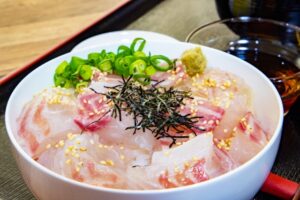
Ehime is famous for citrus fruits, especially mikan (mandarin oranges).
Try Tai-meshi, a local dish made with sea bream and rice, and Jakoten, a type of fish cake.
Kanto area
Tokyo (東京)
Highlights


As the capital city, Tokyo offers a mix of modern and traditional attractions. Explore the Tokyo Skytree for panoramic views, shop in Shibuya and Harajuku, and visit historic temples like Senso-ji in Asakusa.
Cultural Experiences
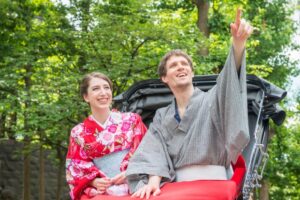
Try wearing a kimono while visiting traditional districts like Asakusa or participate in a tea ceremony.
Tokyo is also home to many museums, including the Edo-Tokyo Museum.
Local Food

Tokyo is famous for sushi and tempura. Explore the Tsukiji Outer Market for fresh seafood or try Monjayaki, a savory pancake dish from the Tsukishima area.
Kanagawa (神奈川)
Highlights
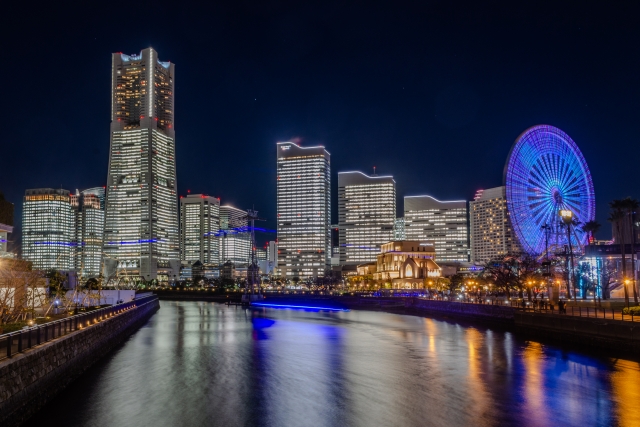
Kanagawa is home to Yokohama, Japan’s second-largest city, famous for its Chinatown and the futuristic Minato Mirai district.
Visit Kamakura, a city known for the Great Buddha (Daibutsu) and beautiful temples. The hot springs resort town of Hakone offers views of Mount Fuji.
Cultural Experiences
Enjoy a cruise in Yokohama Bay, or visit an onsen in Hakone for relaxation.
Local Food

In Yokohama, try Shumai, Chinese-style dumplings, and Ramen in China town and at the Shin-Yokohama Ramen Museum.
In Kamakura, enjoy Shirasu (whitebait), a local delicacy.
Chiba (千葉)
Highlights

Chiba is home to Tokyo Disneyland and DisneySea, major attractions for visitors of all ages.
Visit the seaside town of Kujukuri for its long beaches or explore the tranquil Naritasan Shinshoji Temple near Narita Airport.
Cultural Experiences
Experience a traditional Kabuki performance at Naritasan Park or visit the Boso-no-Mura, an open-air museum recreating Edo-period life.
Local Food

Chiba is known for peanuts, but also try Namerou, a dish made from minced raw fish and miso, as well as Futomaki sushi, which features colorful, thick sushi rolls.
Kyushu area
Fukuoka (福岡)
Highlights

Fukuoka, the largest city in Kyushu, is known for its vibrant food scene and urban attractions. Visit Fukuoka Castle Ruins, the scenic Ohori Park, and enjoy shopping in the Tenjin district.
Cultural Experiences

Participate in the Hakata Gion Yamakasa, a famous summer festival, or explore Hakata textiles and ceramics.
Local Food
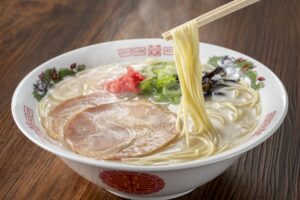
Fukuoka is famous for Hakata Ramen, featuring thin noodles in a rich pork-based broth, and Motsunabe, a hot pot dish made with beef or pork offal. Mentai-ko (spicy cod roe) is another local delicacy.
Nagasaki (長崎)
Highlights
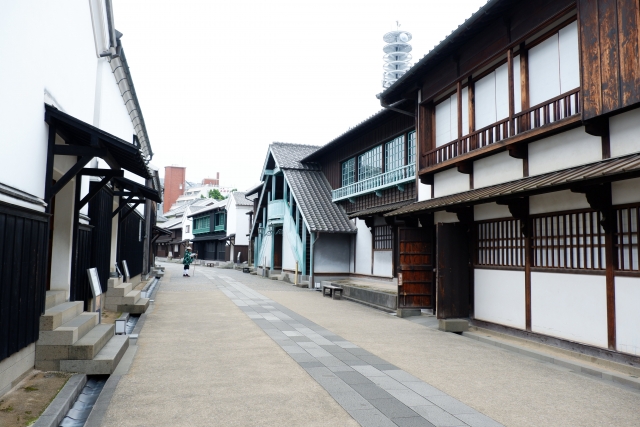
Nagasaki has a unique history of international influence due to its role as Japan’s only open port during the Edo period. Visit Dejima, a former Dutch trading post, and Glover Garden, with European-style mansions. The Nagasaki Peace Park commemorates the atomic bombing of the city.
Cultural Experiences
Explore Nagasaki’s blend of Japanese and Western influences through its architecture and cuisine, or attend the Nagasaki Kunchi Festival, a traditional celebration.
Local Food
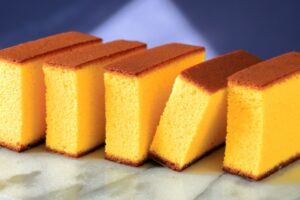
Try Champon, a noodle dish inspired by Chinese cuisine, and Castella, a sponge cake introduced by the Portuguese.
Okinawa area
Okinawa (沖縄)
Highlights

Okinawa is known for its tropical climate, beautiful beaches, and unique culture that blends Japanese and Ryukyu influences. Visit Shuri Castle, explore the crystal-clear waters of Ishigaki Island, or enjoy diving and snorkeling in the Kerama Islands.
Cultural Experiences
Experience Eisa dance performances or learn about Okinawa’s distinct culture at the Okinawa Churaumi Aquarium and Ryukyu Village.
Local Food

Okinawa is famous for goya champuru (stir-fried bitter melon with tofu), taco rice, and Awamori, a strong local spirit.
Must-see places
Here are some must-see places in Japan.
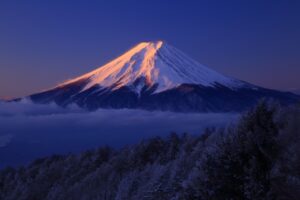
Mount Fuji: No trip to Japan is complete without seeing Mount Fuji, the country’s highest and most famous mountain.
Whether you hike to the summit or admire it from a distance, it’s an iconic symbol of Japan.
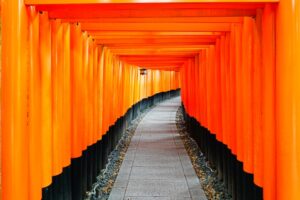
Kyoto’s Temples and Shrines: Kyoto is home to some of Japan’s most beautiful and historic temples and shrines, including Kinkaku-ji (the Golden Pavilion) and Fushimi Inari Taisha with its famous red torii gates. Exploring these sites offers a glimpse into Japan’s spiritual and architectural history.

Tokyo’s Skytree and Shibuya Crossing: For a taste of modern Japan, visit Tokyo Skytree, the tallest structure in Japan, and take in the view of the sprawling metropolis.
Another must-see is the iconic Shibuya Crossing, often called the busiest intersection in the world. It’s a symbol of Tokyo’s vibrant, fast-paced energy.
Hiroshima Peace Memorial Park: A visit to the Hiroshima Peace Memorial Park is a moving experience. This site commemorates the victims of the atomic bomb and serves as a reminder of the importance of peace.
If you can’t find the information you’re looking for, please send us a request through the contact form.
We will create articles based on the most frequently asked questions.
Our contact form is here.

